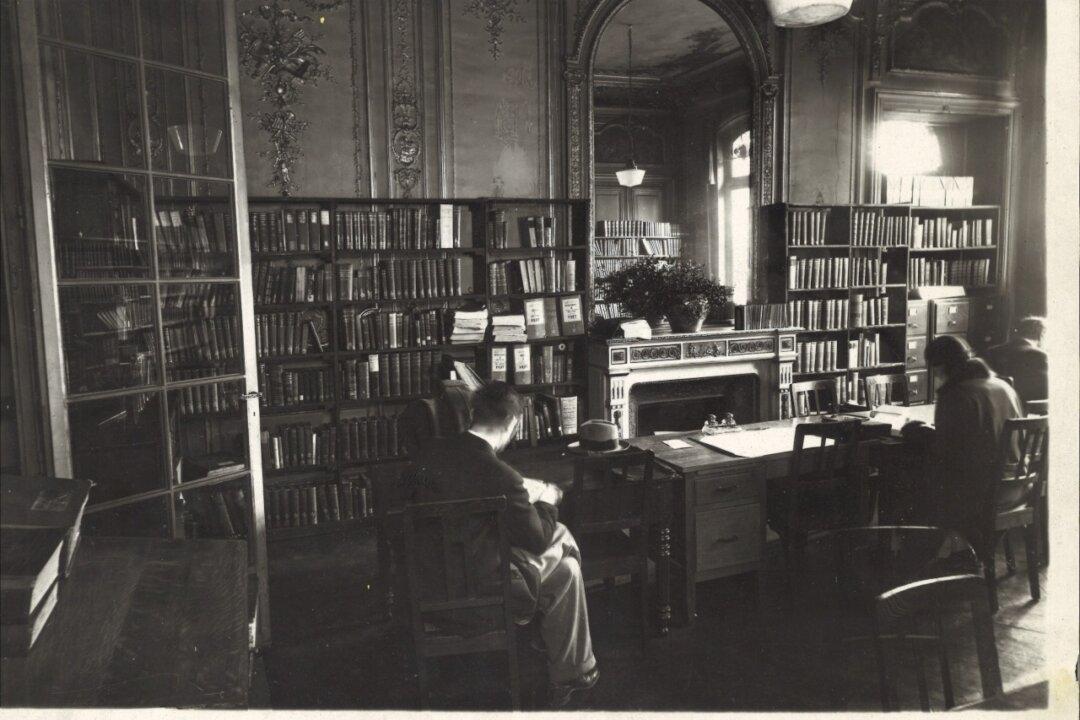In “The Paris Library,” Janet Skeslien Charles gives us Odile Souchet, a young French woman who in the winter of 1939 follows her love of literature straight into a position at the American Library in Paris.
Throughout the rest of the novel, we meet the rest of the library staff, the eccentric patrons, and the dangers that they, and Parisians in general, faced during the Nazi occupation. Part of the story is also set in the 1980s in Froid, Montana, where Odile lives after becoming a war bride.






